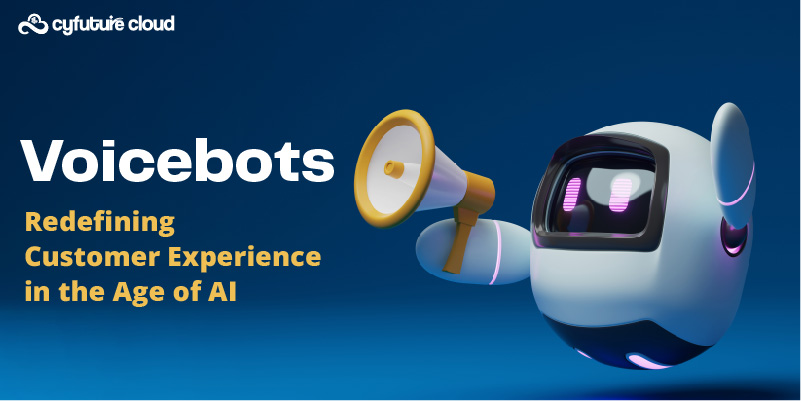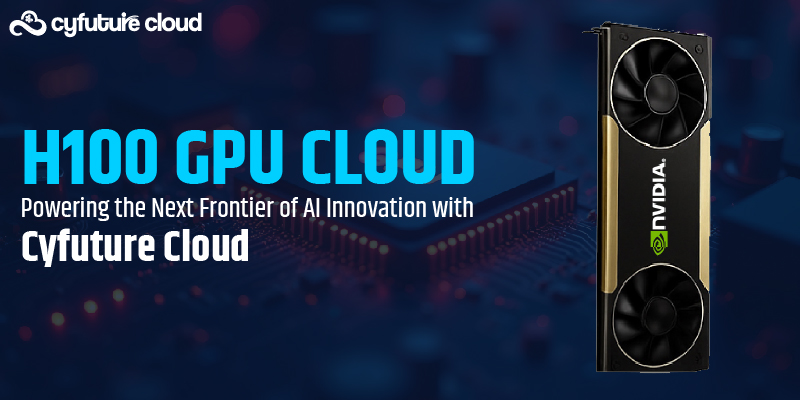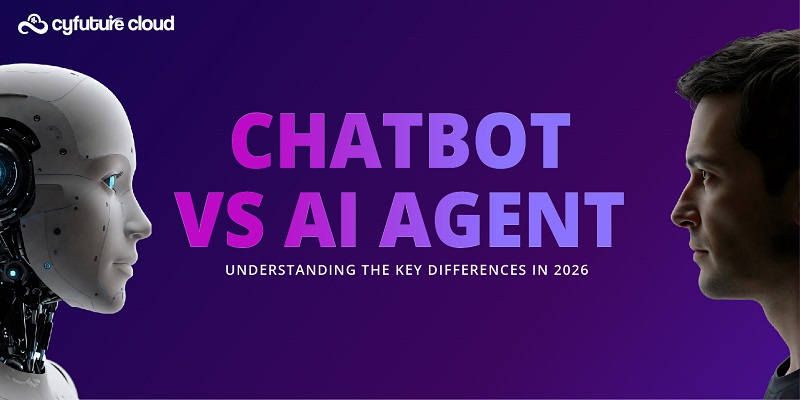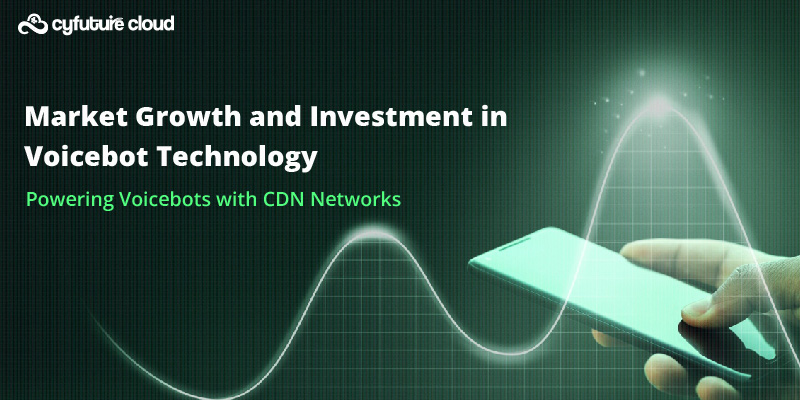Edge computing is a novel computing approach that involves various networks and devices situated close to the end users. It aims to process data in proximity to its source, leading to faster and more significant results in real-time. As the name suggests, it is a novel, cutting-edge technology modeled to process data faster and more efficiently.
This approach presents certain benefits that are not found in conventional models that rely on centralized computing power in an on-premise data center. Placing computing resources at the edge allows businesses to enhance their physical asset management and create innovative interactive human experiences.
Examples of edge computing use cases are autonomous robots, self-driving cars, smart equipment data, and automated retail. All of these applications are derived from edge computing only. As opposed to cloud computing, edge computing functions are required to function proximal to the source of computing architecture.
Which is Better – Edge Computing or Cloud Computing
Edge computing and cloud computing are two distinct computing models that differ in several ways. Both of them are developed for accessing and processing data on colossal amounts however, the scope of usage differs a lot in both cases. We are going to study the core differences and their functions now.
Edge Computing Functions
Edge computing is a decentralized computing model that aims to bring computing resources closer to the end users and the devices generating data. This approach involves processing data on local devices, such as smartphones, sensors, or IoT devices, rather than sending it to a centralized data center for processing.
Edge computing provides faster processing speeds and reduced latency, enabling real-time processing and decision-making, making it ideal for applications that require high-speed processing, low latency, and high reliability.
Cloud Computing Functions
Cloud computing is a centralized computing model that relies on remote servers to store, manage, and process data. Cloud computing offers several advantages, such as cost savings, scalability, and accessibility, as it allows users to access computing resources over the internet. The data might travel from a very remote source in cloud computing.
Cloud computing is suitable for applications that require massive computing power, storage capacity, and high-speed internet connectivity. The applications of cloud computing are relatively more than edge computing as of now. The only drawback is that it is solely dependent on the network bandwidth and processing capacity of the system.
In Summary: Edge computing focuses on processing data at the edge of the network, closer to the devices and end-users generating the data, while cloud computing relies on centralized data centers to store and process data.
Both models have their unique advantages and disadvantages and are suitable for different types of applications and use cases.
The Emergence of Edge Computing
The emerging computing paradigm of edge computing encompasses a variety of networks and devices that are located at or near the user. By processing data in closer proximity to its source, edge computing enables faster and more voluminous data processing, resulting in real-time action-led outcomes.
Compared to traditional models, where computing power is centralized in on-premise data centers, edge computing provides unique advantages. Placing computing at the edge enables companies to enhance the management and utilization of physical assets and create new interactive, human experiences.
Examples of edge use cases include self-driving cars, autonomous robots, smart equipment data, and automated retail. We will discuss the component of edge computing below
Edge Devices: Devices such as smart speakers, watches, and phones, which perform edge computing by locally collecting and processing data while interacting with the physical world, are already in use in our daily lives. Other examples of edge devices include Internet of Things (IoT) devices, point of sales (POS) systems, robots, vehicles, and sensors, as long as they perform local computation and communicate with the cloud.
Edge Network: The existence of a separate “edge network” is not a requirement for edge computing, as it can be performed on individual edge devices or even on a router. However, when a separate network is involved, it becomes another location between users and the cloud in the continuum. This is where 5G technology can play a significant role.
With its powerful wireless connectivity, low latency, and high cellular speed, 5G opens up exciting opportunities for applications such as autonomous drones, remote telesurgery, and smart city projects. The network edge is particularly useful in situations where computing on-premises is too costly or complicated, and high responsiveness is required.
On-Premises Edge Computing Infrastructure: It refers to a setup where edge computing resources are deployed and managed within an organization’s physical premises or facilities, rather than being hosted by a third-party provider in a remote data center.
- This type of infrastructure provides companies with more control over their computing resources, as they are physically located on-site and can be more easily managed and monitored.
- On-premises edge computing also offers the advantage of reduced latency and improved data security, as data does not have to be transmitted over external networks to be processed.
- However, deploying and maintaining an on-premises edge computing infrastructure can be costly and resource-intensive, as it requires significant upfront investment in hardware, software, and personnel.
Additionally, organizations may need to address issues such as power management, cooling, and physical security to ensure that the infrastructure operates optimally and securely.
The Significance of Edge Computing
Today, a significant portion of computing occurs at the edge in places such as hospitals, factories, and retail locations, where it processes sensitive data and powers essential systems that require reliable and safe functionality without network connectivity.
- The low latency solutions offered by edge computing make it a compelling prospect for transforming business operations across every industry and function, from customer engagement and marketing to back-office operations and production.
- Edge computing can help businesses become proactive and adaptive in real time, leading to optimized experiences for consumers.
- By bringing the digital world into the physical, edge computing enables businesses to use online data and algorithms to enhance brick-and-mortar retail experiences, create opportunities for workers to learn from machines, and develop intelligent environments that prioritize safety and comfort.
By allowing companies to run applications with critical data requirements directly on-site, edge computing enables them to innovate faster, develop new products and services more quickly, and explore new revenue streams.
Edge Computing Coherency with Other Technology
Whether it is centralized or distributed systems, edge computing integrates well in both ecosystems. As we are fast-forwarding towards more straightforward requirements, edge computing is turning out to be more useful than cloud computing as it interacts fastly with systems in proximity.
Cloud computing enables data collection on a large scale and distribution of the data to various data centers built in different geographical locations. It will require relatively longer data processing and accessing. It only makes sense if we could create something intermediary that can help devices access instructional data faster.
Edge computing is the answer to the above-mentioned requirements. It sits locally with the devices and allows the users to remotely track, identify or control the devices easily, creating a very convenient experience. The cost of data transmission in edge computing is lower than cloud as it works locally.
5G Network
The new-generation network technology is going to skyrocket every known business operation that depends on digital technology. Implementing it would guarantee a seamless transmission of data for autonomous operations; transmitting critical control messages too. The software-defined network requirements are usually high and edge-5G combined technology will ascertain these requirements soundly.
IoT and Connected Devices
Any connected devices such as IoT require advanced accessibility functionalities; being fast and secure, and edge as we all know, works closely. Edge computing is intrinsically developed to support IoT devices. There is nothing more apt support system for IoT-based systems than edge computing technology. Future IoT devices are going to require more extensive computing systems with top-level security and Edge will help fulfill these needs.
Containers
Containers offer developers a consistent deployment environment to create and bundle their applications. Regardless of the specific device capabilities, configurations, or settings, containers can be deployed on a range of hardware. Accessing packages from directories can be faster and navigable using 5G-powered edge technology thus, allowing the developers to build and deploy software programs easily.
Software-Defined Networking, Service, and Mesh
The service and data mesh facilitates the deployment and retrieval of data and services dispersed across various containers and data stores in the edge network. By offering a unified interface that masks the complexities of service and data interface routing and management.
These meshes enable users to perform bulk queries for complete edge populations, rather than individually on each device. Meanwhile, software-defined networking empowers users to configure overlay networks, allowing for custom routing and bandwidth adjustments to connect edge devices to the cloud with ease.
Digital Twin Technology
The integration of edge technology and digital twin can bring significant benefits to industries such as manufacturing, healthcare, and transportation. Edge technology refers to the deployment of computing resources closer to the edge of the network, where data is generated, to reduce latency and improve performance. A digital twin, on the other hand, is a virtual representation of a physical object, system, or process.
By combining these two technologies, organizations can create real-time virtual replicas of physical assets that are deployed at the edge. These digital twins can then be used to monitor and optimize the performance of these assets, enabling predictive maintenance, reducing downtime, and improving overall efficiency. The AI-powered digital twin technology can enable quick assessment of objects using edge computing technology.
Bottom Line
Edge computing is further empowered by additional technologies such as AI and blockchain. AI, for instance, enables the processing of data at the edge, reducing the need for centralized computing power. The use of edge technology also enhances blockchain’s performance by ensuring more reliable data and reducing the likelihood of human errors. With the growing use of sensors and cameras, machines can capture and transmit real-time data, leading to an abundance of valuable data for analysis and action. Furthermore, the edge is driving a revolution in automation, moving beyond controlled environments such as factories to more complex operations in uncontrolled environments like agriculture.
Recent Post
Send this to a friend

 Server
Colocation
Server
Colocation CDN
Network
CDN
Network Linux
Cloud Hosting
Linux
Cloud Hosting Kubernetes
Kubernetes Pricing
Calculator
Pricing
Calculator
 Power
Power
 Utilities
Utilities VMware
Private Cloud
VMware
Private Cloud VMware
on AWS
VMware
on AWS VMware
on Azure
VMware
on Azure Service
Level Agreement
Service
Level Agreement 



















